Long Beach Out Loud: A Different Kind of Pride
by Marc Cid | Published July 3, 2018 in Arts & Culture
15 minute readI went to a Pride parade once a number of years back in West Hollywood. My friend A.J., who I’d known since high school and who came out as gay after he’d moved out for college, invited me and all of our friend group from that time. It was the first time we got to hang out with him in an expressly queer space. And it was fun. When other people asked me about my experience, I told them just that: I had fun. I didn’t have much else to say, except to describe decorations and dance moves and drag queen regalia.
I walked away from the parade thinking wow, the queer community in West Hollywood sure knows how to throw a party. I didn’t walk away with a deeper or more comprehensive understanding of the queer community’s oppression by the government, or the homophobia and transphobia pervading mainstream culture—not as a historical reality, nor the probability of its resurgence.
And that’s okay. It would have been nice if I had, but that didn’t seem to be the main focus of a Pride parade. I got to see a bunch of guys shake their stuff in an ass competition out on Santa Monica Boulevard without fear of being disowned or assaulted or losing their jobs or being forcibly interred into gay conversion therapy programs.
These memories came to mind when I first heard about the upcoming art event OUT LOUD: A Cultural Evolution. I spoke to Dave Russo, its organizer, and Henry Medina, one of a number of creative artists scheduled to perform or display their art at the free event.
Both Russo and Medina also cited their experience of Pride as a reference point for realizing the need for a separate but aligned community event to share more facets of LGBTQ+ culture and experience with the general Long Beach community, particularly those that might not fit well into the festive, triumphant exuberance of Pride.
Dave Russo moved to Long Beach from Arizona in 1995, and has been going to Long Beach Pride for years. “[Pride parades] give people a sense of community. But they have become primarily to celebrate what we are. Which is very important. What I have felt missing is what we do. No one ever talks about our cultural or artistic achievements.”
The development of this sentiment into OUT LOUD: A Cultural Evolution, began forming in Russo’s head back in May of this year. During the last few poetry readings he had attended, he noticed he was the only gay poet in the venue, or just the only one identifying and performing as such.
“Wouldn’t it be cool if we could make Long Beach a venue for this cultural festival that highlights the creative work of LGBTQ+ artists?” asks Russo, who describes the concept of the event as a corollary to Pride.
(Some of the featured artwork for OUT LOUD can be previewed below.)
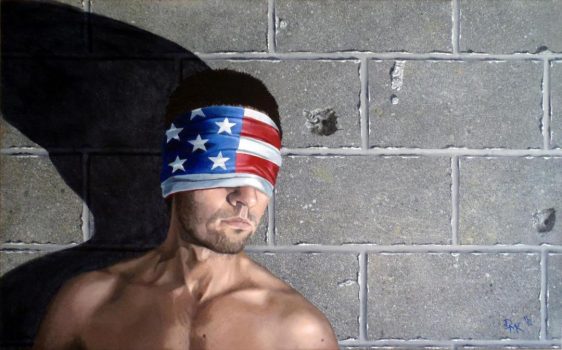
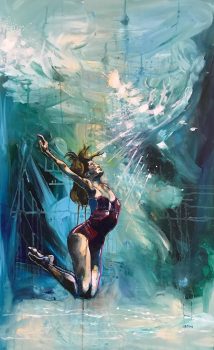
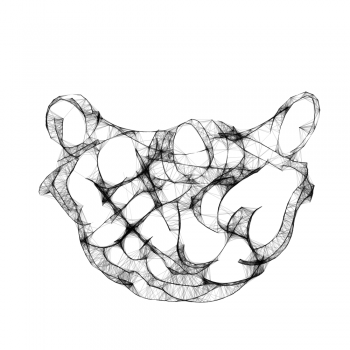
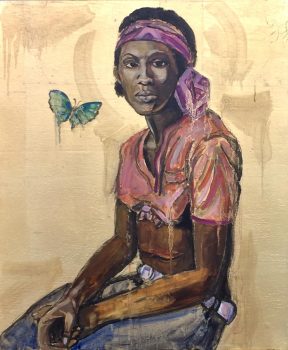


The majority of this event has been organized in the span of a month with support from fellow artists, organizers, local businesses, and the mayor—a testament to collaboration and community in Long Beach.
“Since I knew of OUT LOUD when I went to Pride this year, I saw [Pride] through different eyes. There are so many creative gay people, it would be nice if there was more art, different dimensions,” said Medina, who was one of the many queer artists to accept Russo’s call for participants in May.
“I went to the Latin stage, they had a bunch of gogo guys in g-strings. From there, I went to the Black stage, and a woman came up and asked a bunch of guys to come up and shake their asses. And then there was a drag queen on another stage asking women to come up and shake their asses. Which was fun,” Medina added while laughing, “but I would have liked a corner showing something different.”
“Something different” is one way to describe OUT LOUD’s lineup. The performance side of the event includes singer-songwriter Lara Etzen, filmmaker Hunter Lee Hughes, professor of queer anthropology Gregory Mattson, as well as seven writers, among them Kenneth D. Capers, Alexis Rhone Fancher, Clifton Snider, and K. Andrew Turner. Visual art in various media will be featured by the likes of, but not limited to public artist and sculptor Sean Yang, painter Lynn Azali, and photographer Andre Chambers. The full-lineup can be found here, at the official OUT LOUD website.
This lineup of artists and visual art pieces, and some remarks on the cultural context of the queer community supplied by Professor Mattson, form the core of the OUT LOUD event. There will also be wine, food, and a raffle for goods and services donated by local Long Beach businesses.
Tomisin Oluwole
Coquette
Acrylic on canvas
18 x 24 inches
Click here to check out our interview with Tomisin Oluwole, a a literary and visual artist based in Long Beach.
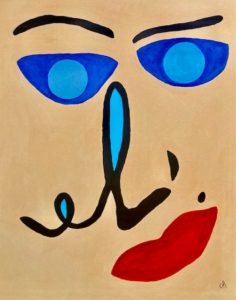
Instead of gunking up our site with ads, we use this space to display and promote the work of local artists.
When I asked Medina, 49, what kind of poetry he planned on sharing, he said he wanted to capture his experiences still being closeted during the height of the AIDS epidemic in the 1980s. “The person I was dating back then had HIV. You want to kiss them, but not too deeply. If I kiss you, will I get the disease too? We didn’t know what the disease was back then, didn’t have PrEP (Pre-Exposure Prophylaxis)—the leading drug treatments back then weren’t very good and people were still dying. Remembering the guilt, that I couldn’t cure him. I was more advantaged. He was undocumented. It’s tough being undocumented here, then throw HIV on top of that. Until OUT LOUD, I didn’t have a reason to think back on all that.”
Long Beach Pride’s motto for 2018 is “Remember the Past, Create the Future!” But any effort to broaden and deepen representation will only be so impactful based on the audience’s understanding of what is at stake if a group is misrepresented, and the people behind OUT LOUD are keenly aware of this.
“I feel like I’m helping to connect gay youth to their own history, that I’m helping queer-community adults feel validated and reinforced in their beliefs, and I want to stretch out to the general community: Here’s who we are, you don’t always get to see this. And it gets harder to hate people when you know them.”
The creation of Pride parades and festivals owes much to people who share that last sentiment. But in more modern times, critical questions about representation are necessary to keep those good intentions from amounting to stereotyping and caricature, the rhetorical gateways to more irreversible forms of dehumanization.
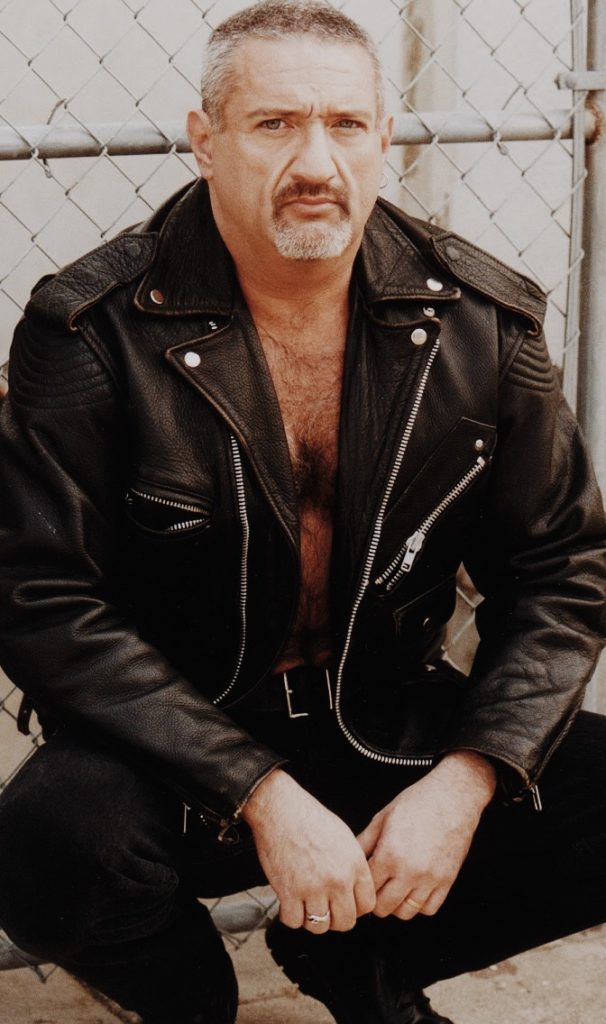
“We live in difficult times, and hatred is the coin of the realm. They’re going beyond marginalizing–they’ve started vilifying. There’s only one way to combat that nonviolently. Art and culture have always been at the forefront of societal change. How wonderful would this be if you got all the artistic disciplines to march together? It’s cliche, but it reminds me of a snowball rolling downhill, and if someone would just give it a kick, it might reach the general community. But you’ve got to start somewhere.”
This last bit Russo says with a twinge of ruefulness wrapped around his hopeful tone. “We put the call out only a month ago, and in a short period of time it’s difficult to be comprehensive. It’s important to reach out to the minorities within the minority groups. I wanted to find more people of color, more transgender people, more female visual artists. We’ve succeeded in part, and we’ve failed in part. I want to hear your story. Next year we’ll have the luxury of an advanced general call, more art curation, and there are prospective sponsors for next year waiting to see how we do.”
OUT LOUD, in addition to building bridges with the wider community, will also be an opportunity for queer artists and creatives to meet, to share the same space, perhaps even collaborate.
“I almost want to say that gay artists come out twice: you come out as a gay person, and then you come out—expose a different kind of vulnerability—when you talk about who you are. Whether you’re doing it with a brush, a pen, a sculpting knife, piano keys. It’s one thing to say hey, I’m gay, another to say here’s what I am, here’s what I live, here’s my truth,” said Russo.
I think back on my experience in West Hollywood: if I’d also attended an event like OUT LOUD, would I have had more context to be a better ally and friend to A.J.? As to what it means to the LGBTQ+ community, Medina expressed optimism about the opportunity to connect with other queer Long Beach-based artists. “If I get to know more queer artists, when there’s another event, we’ll think of each other, I could invite them to it.”
OUT LOUD is about bringing people together, which is difficult in a society that does so much to impose divisions even within local communities. “A neighborhood is a geographical family,” Russo said. “We’re thrown together where we live, and you can either build walls and hate each other, or you can do something about it. And if OUT LOUD: A Cultural Evolution brings people together even for an hour or two, it’s hard for me to imagine you walking out without an increase in curiosity, in people not like you. And maybe we didn’t make people hug and kiss, or missed out on a certain demographic this time, but it’s a start. I want to leave this life, this existence, with the comfort of knowing that I helped to bring together, instead of to divide.”
When Russo speaks of OUT LOUD, he pendulums back and forth between speaking of it prudently as a proof of concept, and talking about it developing into a persistent cultural mainstay. Ultimately, OUT LOUD can only accomplish its mission—“to showcase the artistic and cultural contributions of the greater Queer/outsider community in Long Beach and beyond”—through greater engagement with the Long Beach community.
OUT LOUD: A Cultural Evolution will take place this Saturday at the Art Theatre, 2025 East 4th St., from 1:30 to 4 p.m. Afterparty from 4 to 6 p.m. at The LGBTQ Center, next door to the venue. You can reserve free tickets at outloudlb.com.
Parking may be difficult, as it tends to be on Retro Row, so get there early to enjoy every part of this inaugural event, and scour the surrounding neighborhood to increase odds of finding parking.
Help Us Create An Independent Media Platform for Long Beach
We believe that what we are trying to do here is not only unique, but constitutes a valuable community resource. We are dedicated to building a fiercely independent, not-for-profit, and non-hierarchical media organization that serves Long Beach. Our hope is that such a publication will increase civic participation, offer a platform to marginalized voices, provide in-depth coverage of our vibrant art scene, and expose injustices and corruption through impactful investigations. Mainly, we plan to continue to tell the truth, and have fun doing it. We know all this sounds ambitious, but we’re on our way there and making progress every day.
Here’s what we don’t believe in: our dominant local media being owned by one of the city’s wealthiest moguls or a far-flung hedge fund. We believe journalism must be skeptical and provide oversight. To do so, a publication should remain free from financial conflicts of interest. That means no sugar daddy or mama for us, but also no advertisements. We answer to no one except to our readers.
We call ourselves grassroots media not only because we are committed to producing work that is responsive to you, dear reader, but because in order for this project to continue we will also need your support. If you believe in our mission, please consider becoming a monthly donor—even a small amount helps!


 marc@forthe.org
marc@forthe.org

